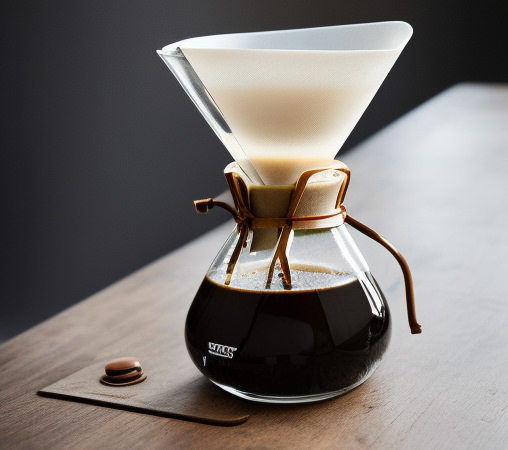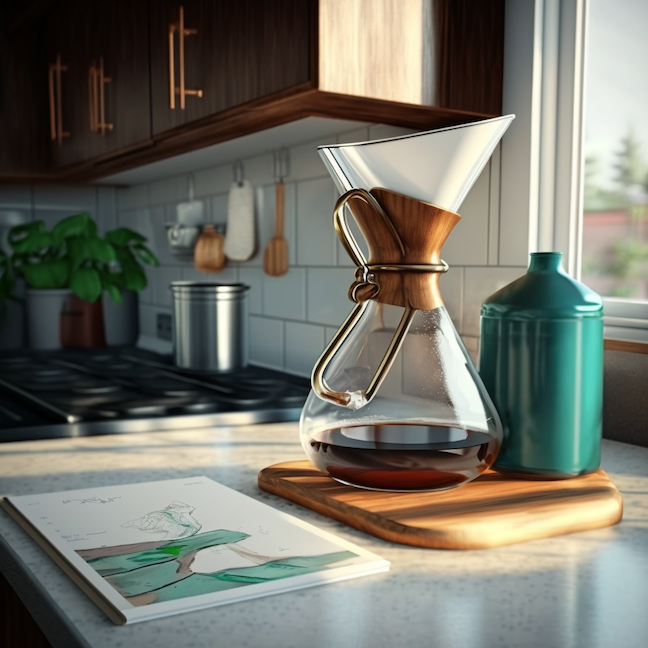Do you want to return to a better coffee experience both in taste and enjoyable process? If so, you might want to try making pour over coffee. Pour over coffee is an extremely popular method of brewing coffee and it can unlock a world of flavor that you never knew existed. Whether you are an experienced barista or just getting started with making your own coffee, here are some tips for making the perfect pour over cup of coffee. While it takes longer than a coffee machine, but less time than an espresso, your patience with the process will be rewarded.
The Right Equipment
The first step to great pour over coffee is having the right equipment. You will need a medium-coarse grind of fresh beans, a filter, and a dripper such as a Chemex or Hario V60. You will also need hot water – ideally, between 195°F and 205°F – and some kind of scale to measure out your ingredients. Once you have all the necessary items, you’re ready to start brewing.
The Grind
When it comes to making pour over coffee, grinding your beans correctly is absolutely essential. The grind should be somewhere between coarse sea salt and table salt; if it’s too fine, your coffee will be bitter due to over extraction; if it’s too coarse, it will be weak and under-extracted. Investing in a good quality burr grinder is key if you want consistent results every time.
Brewing Process
Once everything is set up, it’s time to start brewing. Begin by wetting the filter with hot water before placing it in the dripper; this helps keep your coffee from tasting “paper-y” when brewed. Next, add your ground beans into the filter and gently shake them out until they are evenly distributed. Then slowly pour hot water into the center of the grounds and let them bloom (or expand) for 30 seconds before continuing with your pour until your desired amount is reached. Finally, let the brew steep for 3-4 minutes before removing the filter and pouring yourself a cup.
Making great pour over coffee takes time, patience and practice but once you get the hang of it, you won’t look back. With proper technique and quality ingredients like freshly roasted beans ground on demand each time you use them, nothing beats a delicious homemade cup made just for you. Pour over coffee can open up new doors for flavor exploration that was not available before so don’t hesitate – give it shot today and discover why so many people continue to love this classic brewing method.




